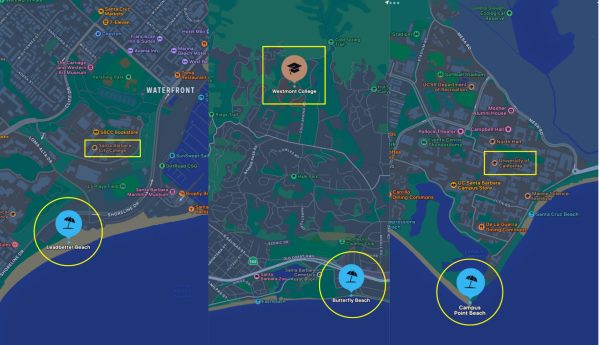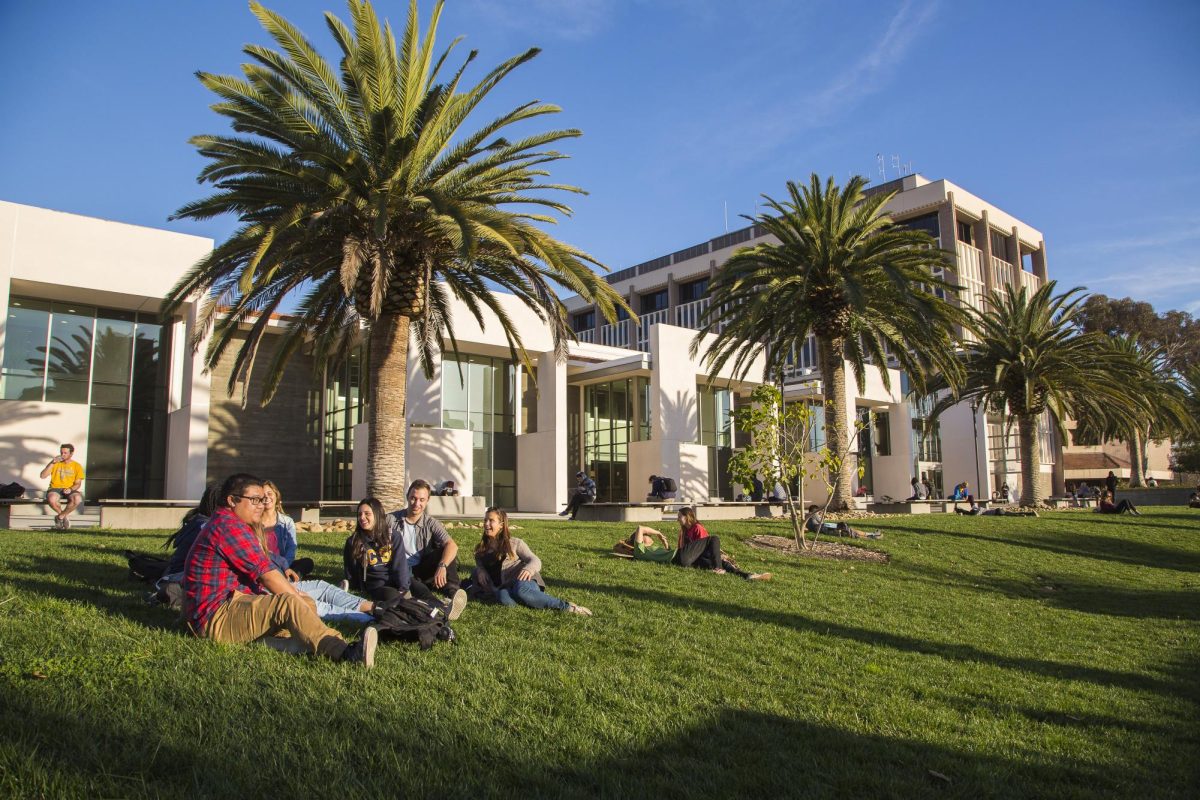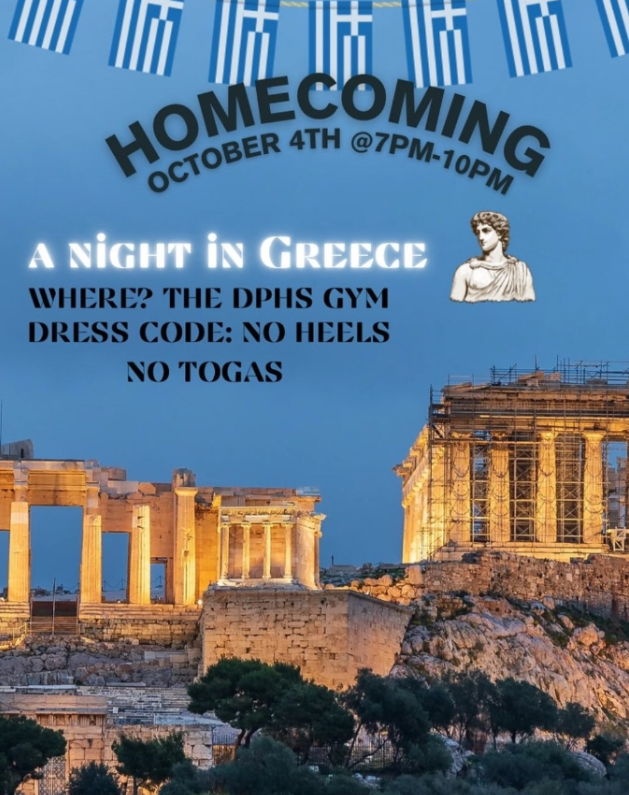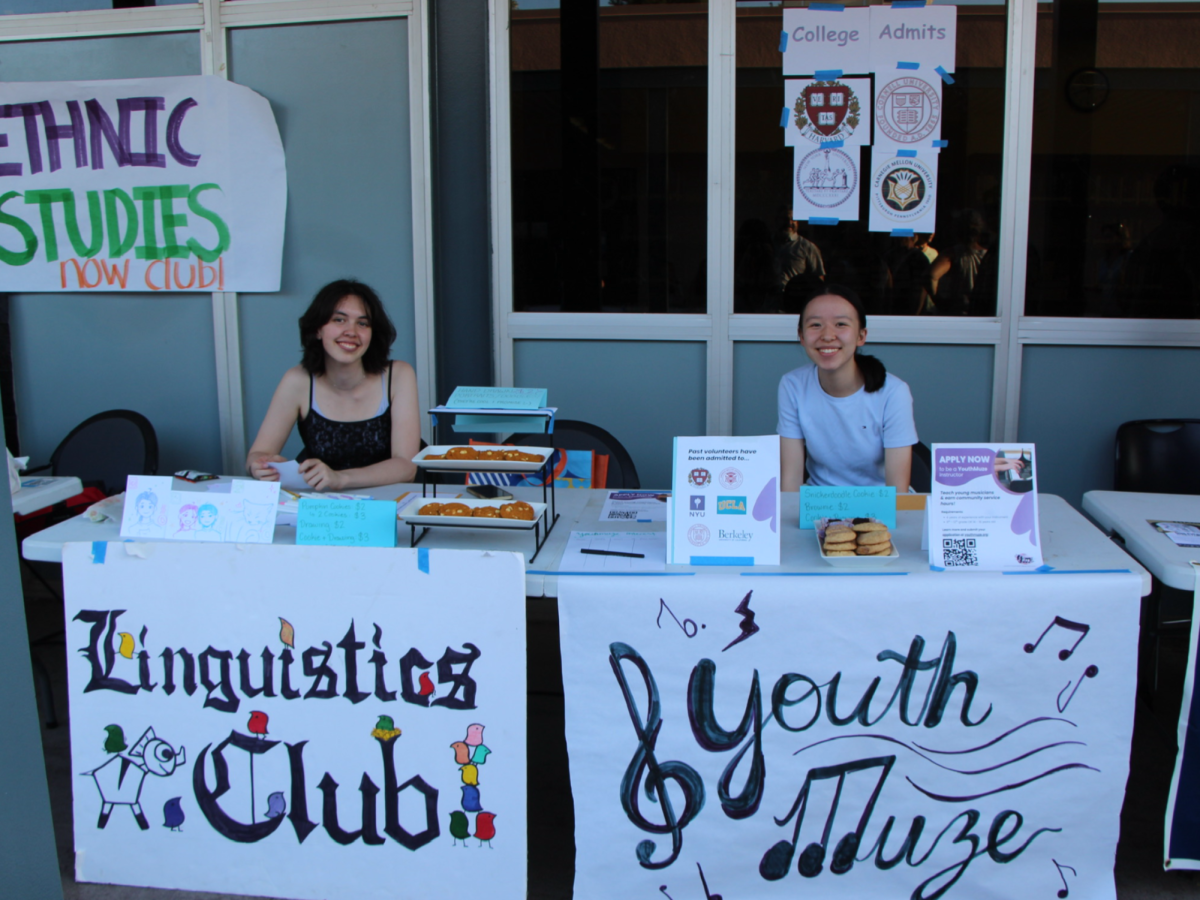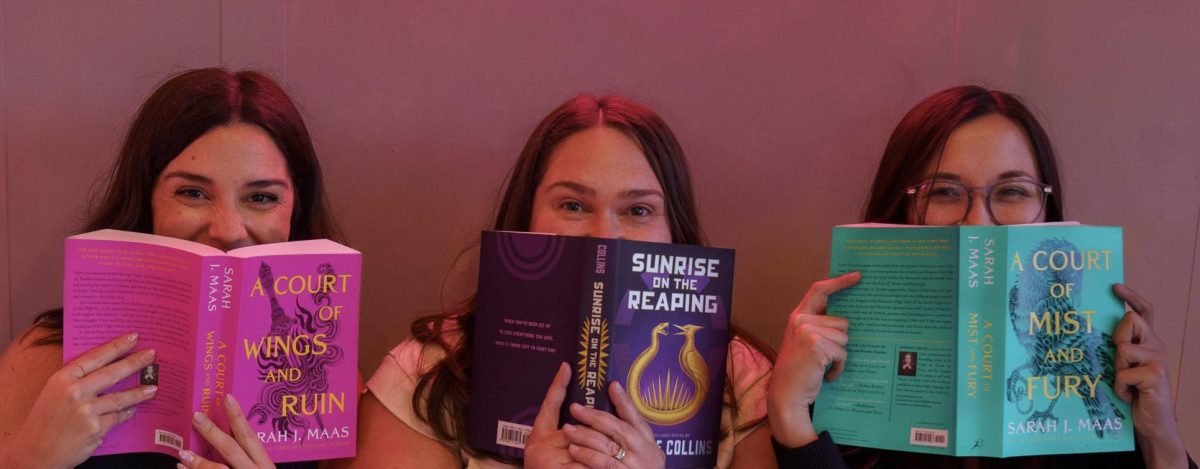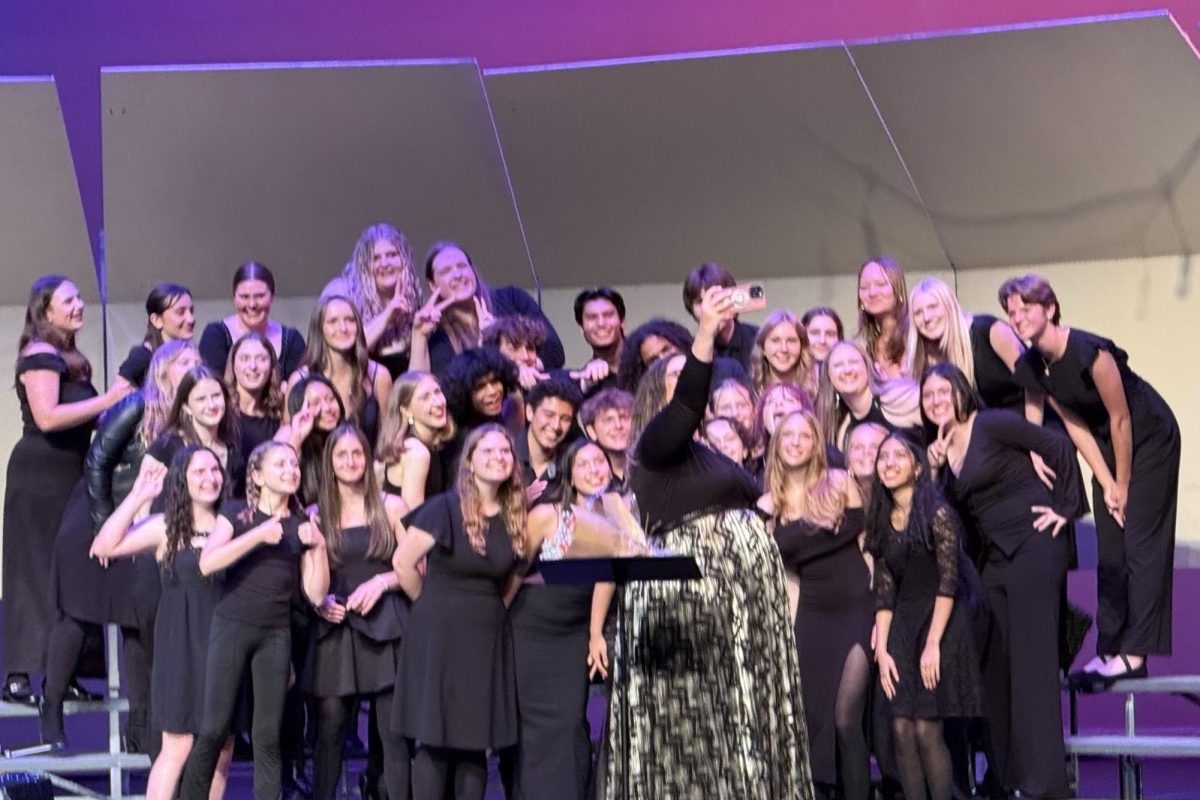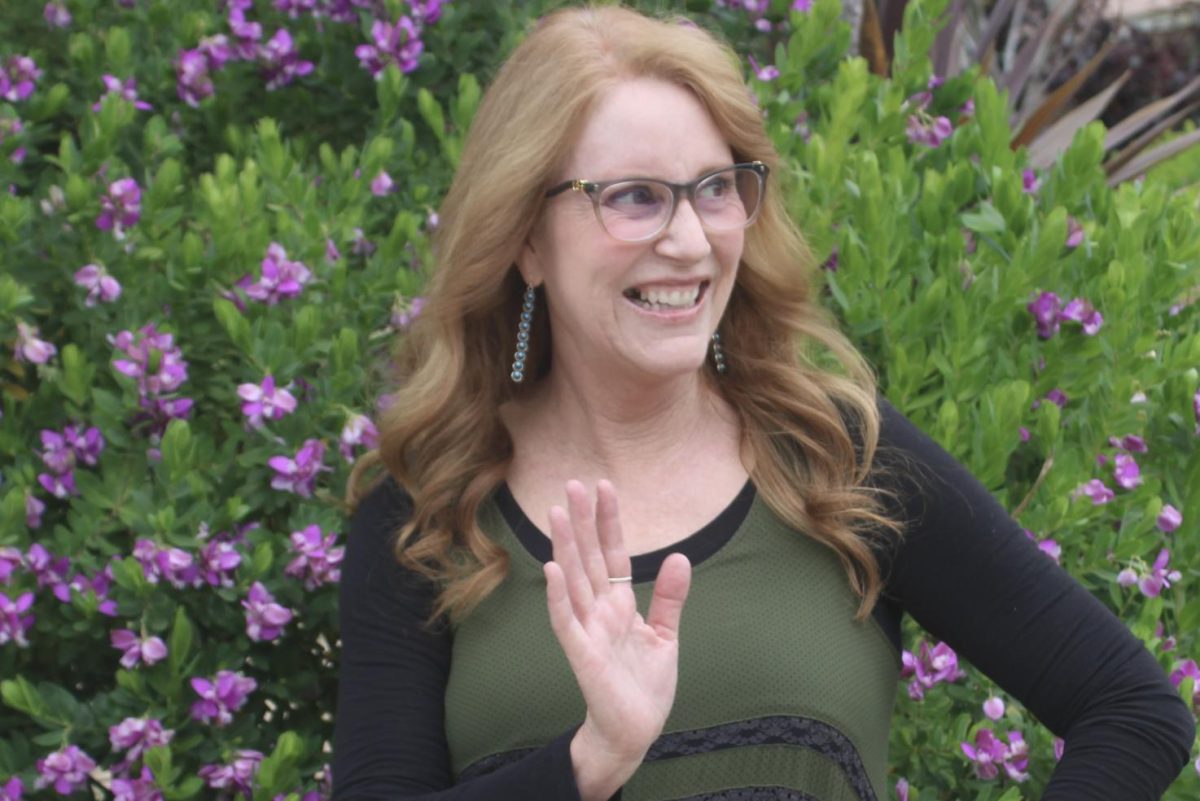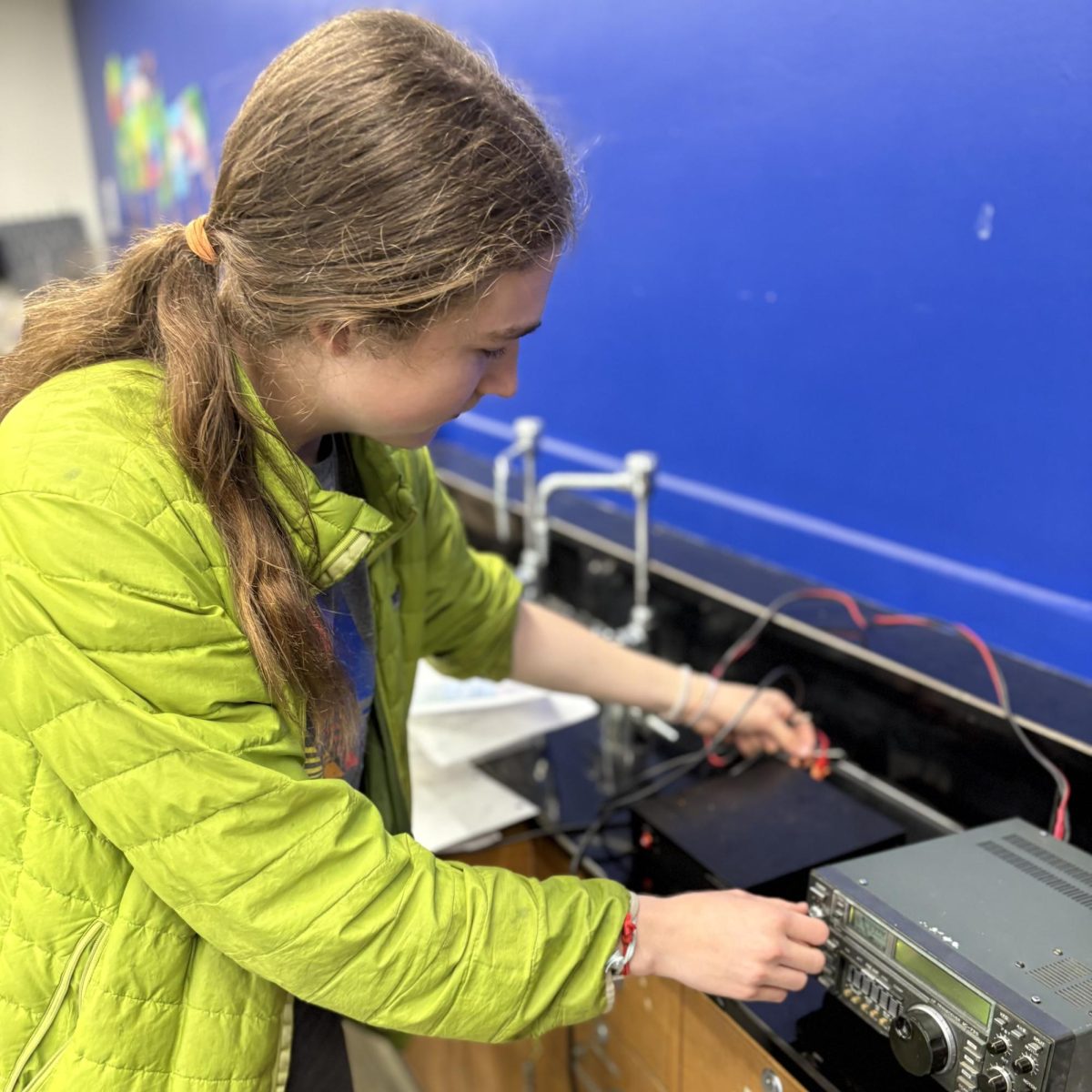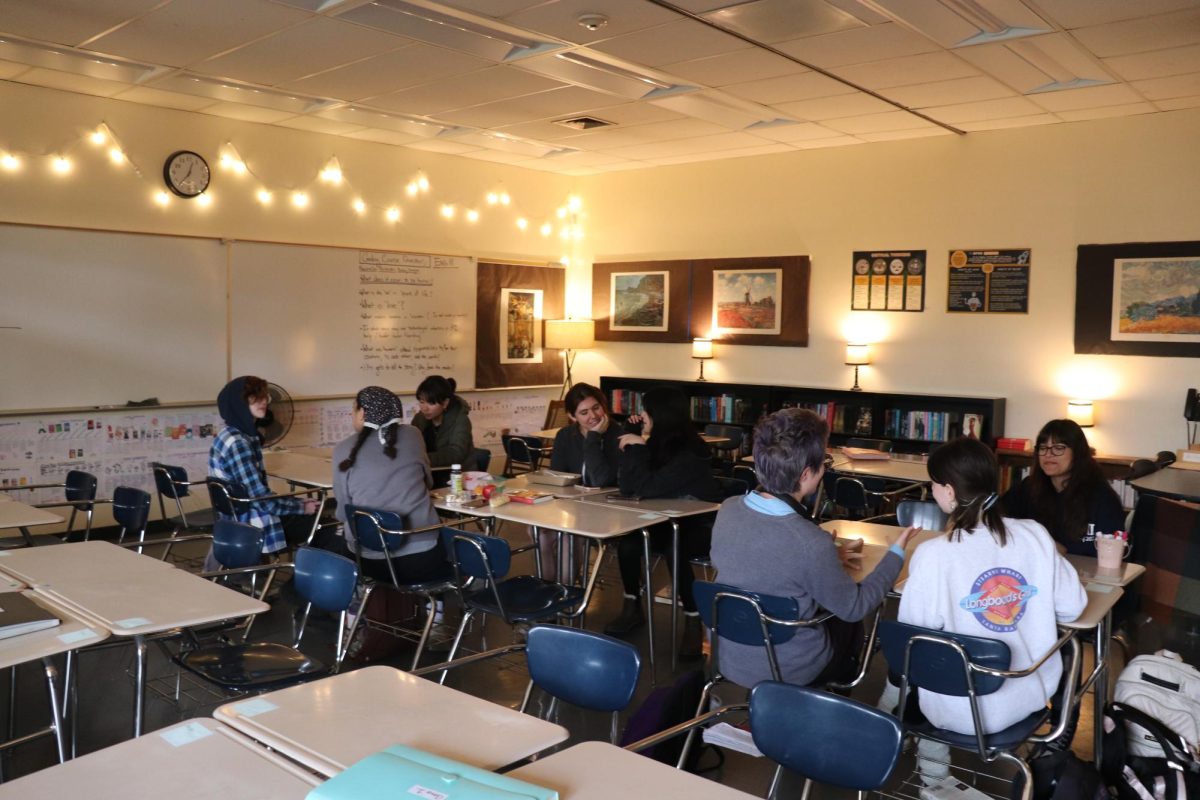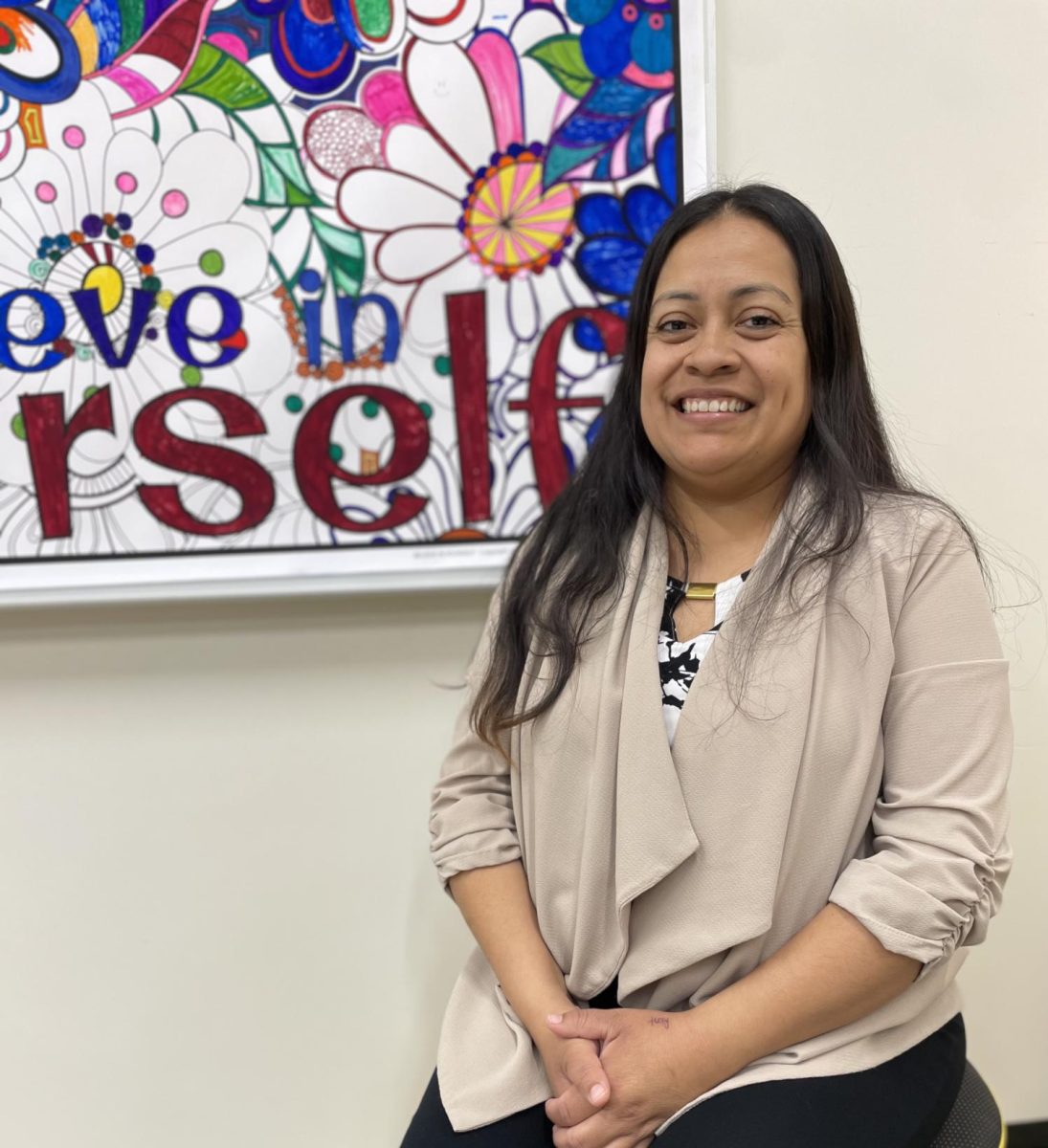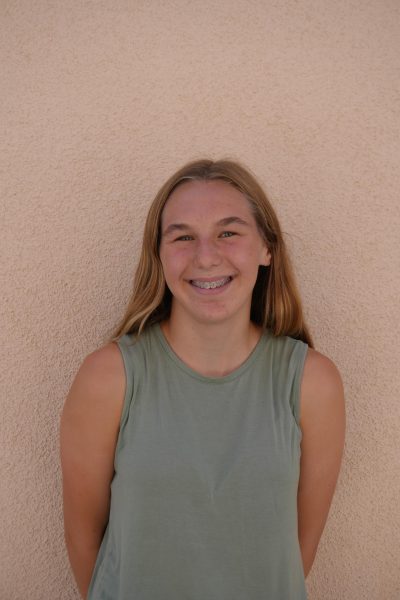There are three major colleges in the Santa Barbara area: University of California, Santa Barbara, Santa Barbara City College, and Westmont College. Each college offers their own academic programs and activities to choose from.
Dos Pueblos High School Spanish teacher Erik Magana graduated from UCSB in 2024 and was involved with El Congreso, a student-led activist organization. Magana said he came to love the school and the organization, but wished he went into it with a more “open mind.”
Magana said that his favorite parts of UCSB were the interactions he had within the community.
“I think [my favorite part] was the people that I met,” Magana said. “It’s a pretty big school, but I was able to connect with a lot of people within clubs and even in classes.”
Allyson Lagan, a DPHS graduate of the class of 2024, works as an intern in the Dos Pueblos Engineering Academy and is a freshman at SBCC. Lagan said she likes the environment there, especially the library, which is a place where she can focus.
“All the people that I’m surrounded with are really nice,” Lagan said “ [The community] is pretty welcoming.”
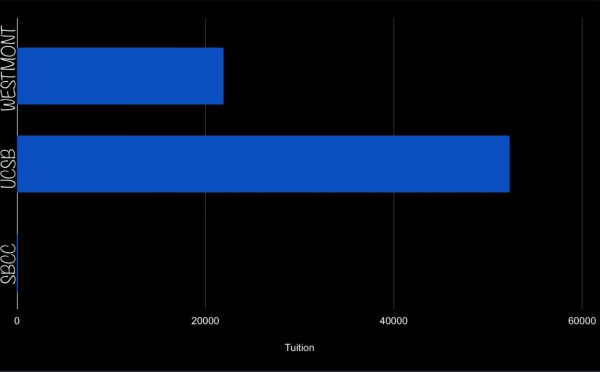
According to the UCSB Media Relations Manager Kiki Reyes, the three-quarter average tuition for undergraduate students in 2023-2024 is $21,961. Additionally, parking is offered for UCSB students regardless of their residency.
“You have to buy parking three to four weeks before the quarter starts,” Magana said. “You pay about $450 … and that’s for the whole year if you live in university housing or the dorms.”
The California Promise grant provides two years of free tuition at SBCC, which is available for students who graduated from a high school in Santa Barbara. SBCC also has a small campus, and classes are accessible by walking.
“There’s this really steep hill I have to climb to get to some of my classes, and that’s probably my least favorite thing at the school,” Lagan said. “[Parking] is just very crowded and [it’s] hard to get a spot.”
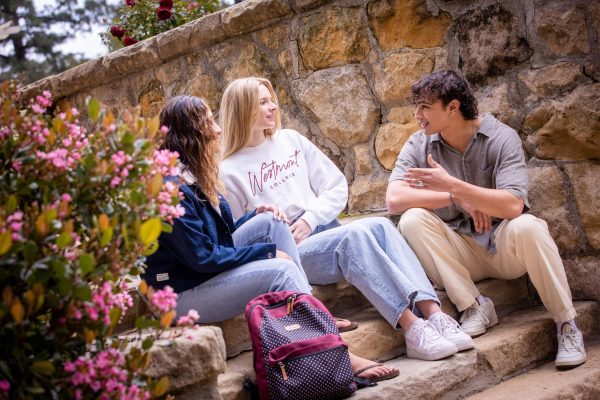
Gianna Nichols, another DPHS graduate of the 2024 class, attends Westmont. She said that her favorite aspect of Westmont is the community and how “tight-knit” the campus feels.
Westmont tuition tends to be higher than other colleges because Westmont is a private college.
“Tuition for the year is $52,320,” said Westmont Manager of Media Relations Scott Craig. “More than 95 percent of first-year and transfer students receive an academic and/or talent-based scholarship.”
According to Nichols, while some students at Westmont own cars, the campus is small and parking is limited. Only juniors and seniors are typically allowed cars on campus.
“If I want to get around [off campus], I’ll ask an upperclassman to drive me, or I’ll use the shuttle system,” Nichols said. “I definitely can walk to all of my classes.”
The food services at UCSB are provided by UCSB Campus Dining. There are three main dining commons on campus, and their hours include the following: 7:15 a.m. to 10 a.m. for breakfast, 11 a.m. to 3 p.m. for lunch, and 5 p.m. to 8:30 p.m. for dinner.
“I would give the dorm food a six out of 10,” Magana said. “I could usually find something I wanted to eat. The biggest problem, honestly, was just the hours. I wish they had more flexibility with the hours.”
The food at SBCC is provided by the SBCC Dining Department and is served in the East Cafeteria from 7:30 a.m. to 2 p.m. (1:30 p.m. on Fridays), and the West Cafeteria from 7:30 a.m. to 6 p.m..
“There’s a cafeteria on East and West Campus,” Lagan said. “The food’s actually pretty good. I would say it’s better than [DPHS].”
The food at Wesmont is provided by Cafe Bon Appetit, and the Dining Commons is the main cafeteria on campus. It serves breakfast from 7 a.m. to 9 p.m., lunch from 11:30 a.m. to 1:30 p.m., and dinner from 5 p.m. to 8 p.m..
At UCSB, there are over 24,600 students. With a large student body, UCSB offers many clubs to join.
“I was told when I was oriented that there were over 600 [clubs at UCSB],” Magana said.
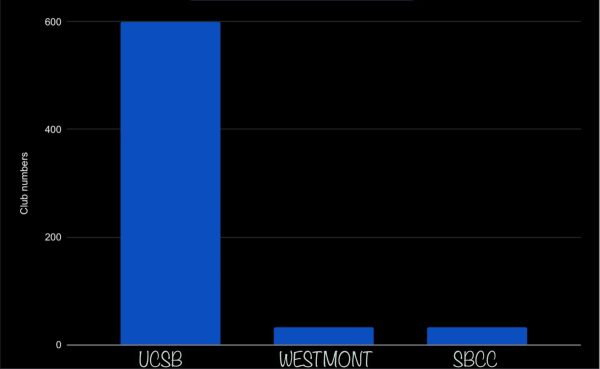
Lagan said there are not as many clubs at SBCC compared to other colleges, but finds the 32 fall clubs to be a “good amount” for the size of the school.
Westmont’s website states that it has 32 student-run clubs and organizations, and, because it is a religious school, the college has many missionary and ministry opportunities.
“There’s Gardening, Pre-Med, Potter’s Clay — that’s about studying abroad — … there’s a whole bunch of things,” Nichols said.
Magana said that his overall experience at UCSB was positive and that he ended up liking the “social justice” aspect of the school.
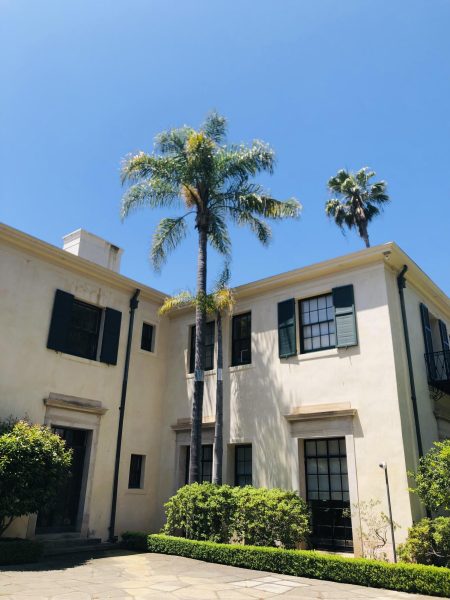
“I feel like as a campus, we’re more political than people might think when they’re applying, and that can be a culture shock,” Magana said. “Not in a bad way … I enjoyed it.”
Overall, Lagan said that she likes her experience at SBCC and that her small classes help her to feel closer and more connected to peers and teachers than big schools.
“[SBCC] feels like high school in a way because of how small the classes are, which is a good thing,” Lagan said. “You get a one-on-one thing, compared to some of … the four-year colleges.”
Nichols said that so far, she is liking Westmont’s atmosphere and the campus’ emphasis on “common courtesy.”
“If … somebody slightly in front of you opens the door, they’re going to keep the door open for you,” Nichols said. “Everybody’s super kind, … there’s a big emphasis on kindness.”
For those who choose a college path, these local options are an opportunity to stay close to home while furthering one’s education.
